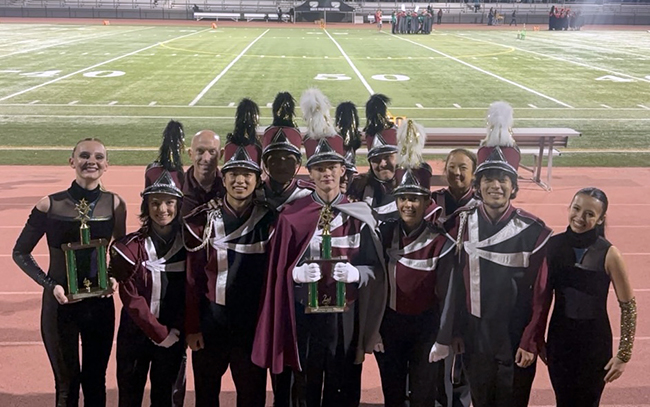KIDS: Twain’s characters had a colorful way of speaking
Author Mark Twain is known for his gift with dialects. A dialect is a regional way of speaking. For instance, in our part of the country, we usually ask for a soda or, maybe, for our favorite soft drink by name: “I’ll have a Coke.” In much of the rest of the country, soda is referred to as pop.
Two of his most famous stories, “The Adventures of Tom Sawyer “and “The Adventures of Huckleberry Finn, are placed the made-up town of St. Petersburg on the banks of the Mississippi River, a setting inspired by Twain’s boyhood town of Hannibal, Missouri.
Mark Twain, whose real name was Samuel Clemens, skillfully weaves between the more proper language of Tom and the exuberant slang of his friend Huckleberry Finn—who’s been running wild and living on his own—and the dialect of the local African American people who in that time and in that place were kept as slaves. (Many see “The Adventures of Huckleberry Finn” as one of the most powerful books showing that slavery is wrong.)
Here’s a bit of the book from when Tom, forced to paint a fence as a chore by his Aunt Polly, gets his friends to actually PAY him—with apples and a bunch of boyhood treasures—to do the whitewashing for him. He was certainly a clever boy, which you can hear in his manipulative and dialect-heavy words.
“No—no—I reckon it wouldn’t hardly do, Ben. You see, Aunt Polly’s awful particular about this fence—right here on the street, you know—but if it was the back fence I wouldn’t mind and she wouldn’t. Yes, she’s awful particular about this fence; it’s got to be done very careful; I reckon there ain’t one boy in a thousand, maybe two thousand, that can do it the way it’s got to be done.”
Looking for something to do? Why not print out this coloring page, get out your crayons and go to town!
—Sarah Torribio











0 Comments